The Ever Increasing Valley of Inequality: Factors of Poverty
Imagine for a moment that every decision you make ultimately decides whether you get to eat, and sleep in a bed.
767 million people across the world live this as a reality every day (Pezer, Martina: 35). Poverty in nearly every nation on the planet is a major social problem that many people must face. Institutional discrimination happens when a society is structured in such a way that those in poverty suffer the most. Societal structures and cultural norms often work in such a way that those in poverty stay in poverty, and in many countries these systems are causing the income gap to continue to grow.
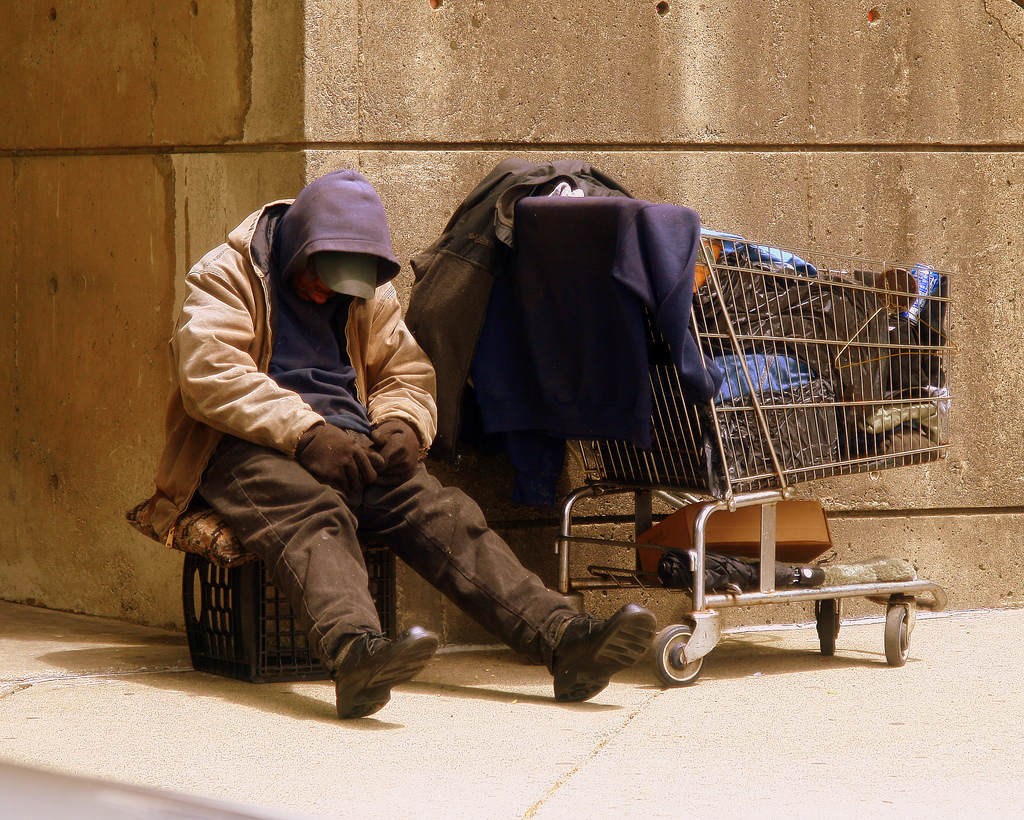
SRC
Structures within a society can easily influence the outcome of whether someone will be more likely to experience poverty or not.
According to the authors of Social Problems, “Because poverty is often geographically concentrated and schools are funded by the wealth of their districts, children of the poor typically attend inadequately financed schools” (Eitzen, Zinn, & Smith 2014: 172). An educational institution which is inadequately financed experiences much difficulty in creating a curriculum which allows for a suitable education to be attained. Children living in poverty also tend to do worse in school for a variety of reason, but this inhibits them from achieving many scholarships and grants to be able to attend higher education since their parents often cannot afford to send them to college (Eitzen et al. 2014).
Tests are often only administered in English while many students in poverty speak English as their second language. This standard of English only tests creates a language barrier that often puts many students in a difficult position where they may know the information but cannot convey so because they don’t understand the vocabulary in use (Eitzen et al. 2014). With so many jobs requiring a college education these days, it is no wonder that the structure of the US education systems only exacerbates the problem of poverty.
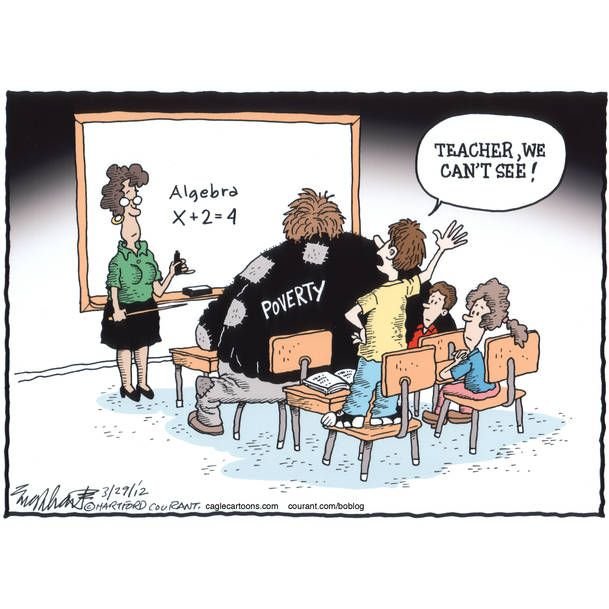
SRC
When cultural normalities go unchecked they run the potential of creating a class subjugated to discrimination which drastically increases the chances that these individuals may experience poverty.
Institutional sexism in the US, and other countries, put women at an extreme disadvantage. The authors of Social Problems state, “There is a dual labor market, with women found disproportionately in lower-paying jobs with fewer benefits...the female-to-male earnings ratio was 0.77 in 2010” (Eitzen, Zinn, & Smith 2014: 159). This means that in 2010, women were making 77 cents to every 1 dollar that was earned by men, a disproportion of nearly 25%.
With the rate of single mothers increasing, due to the relatively high rate of divorce and having children without being married, along with the dramatically raising cost of childcare, the tendency for female-headed households with no male to be in poverty is much greater than that of married-couple families, 31.6% and 6.2%, respectively (Eitzen et al. 2014). These barriers create more obstacles than opportunities, and like the structural problems also serves only to further the divide of inequality.
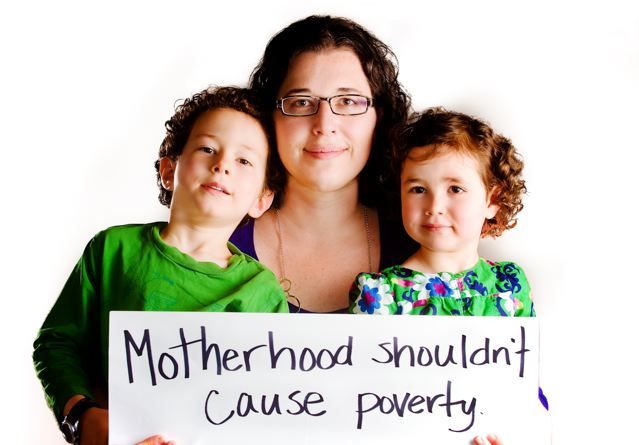
SRC
In Portland, Oregon approximately one-third of Multnomah County’s households fall below the Self-Sufficiency Standard, meaning they are unable to meet their basic needs (Kristina Smock Consulting 2014: 4).
Comparatively, 18.0% of Multnomah county is under the federal poverty line, while the state’s capital has a 19.5% poverty rate, and the state as a whole sits at 16.6% (The Oregonian 2014). Portland has a rather high rate of poverty, and the numbers for houselessness are also disturbingly high.
The city of Portland has been divided into sectors of impoverished and wealthy. East of the Willamette river, the city has a much more concentrated rate of poverty than that of the West side of the city (Kristina Smock Consulting 2014). West of the river holds a rate of 0-5.7% almost entirely, while East of the river has dense pockets with rates of poverty upwards of 50.6%. The poverty rate begins to hold fairly steady around 12.8-22.9% as you move East of 82nd Ave and closer to Gresham(Kristina Smock Consulting 2014). Concentrating poverty in these areas will inevitably lead to the introduction of more families and individuals to the life of poverty by sustaining the structural and cultural norms.
Changes must be made to the community if there is to be a successful decrease in the rates of poverty seen East of 82nd Ave.
Beginning with the funding for these impoverished areas, the appropriate economic support must be shifted and adjusted in such a way that these areas can receive more and better benefits. One of the most important things that can be helped by shifting funds to these areas is to create a stronger and better equipped educational system better designed to teach the children of that demographic. Another major impact these funds could have is with the state of the parks East of the river. The amount of parks that exist in East Portland are far fewer than that of West Portland, and many of the ones that do exist are in decrepit conditions. Shifting funding towards creating and cleaning existing parks in East Portland will create a healthier environment for children and adults alike.
Poverty is influenced by the societal structures and cultural norms which tends to create a pattern which continuously disempowers those already in poverty. Institutional discrimination will further the already widening gap of inequality. Coming together as a community and recognizing our problems as just that, our problems, is the only way to successfully decrease the rates of poverty we experience in the US.
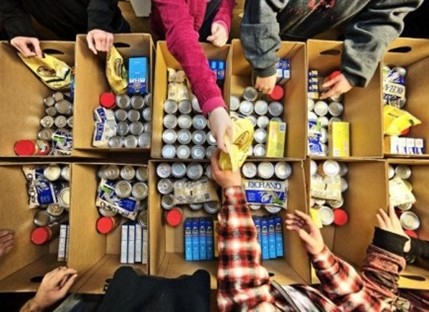
SRC
Work Cited
- Anon. n.d. “A Picture of Poverty in Oregon.” The Oregonian - OregonLive.com. Retrieved April 28, 2018 (https://projects.oregonlive.com/maps/poverty/).
- Kristina Smock Consulting. 2013. “Poverty in Multnomah County.” Multnomah County Department of County Human Services Community Services Division.
- Pezer, Martina. 2017. “Poverty and Shared Prosperity 2016: Taking on Inequality.” Public Sector Economics 41(4).
Join us in The Philoso-Forum to discuss philosophy and the occult arts with likeminded individuals!
LOVELAUGHTER&&XHAOS
Loser of Found Souls, Temple of Appled Thought
Erisian Ataxia Troupe : Caste of the Black Sun

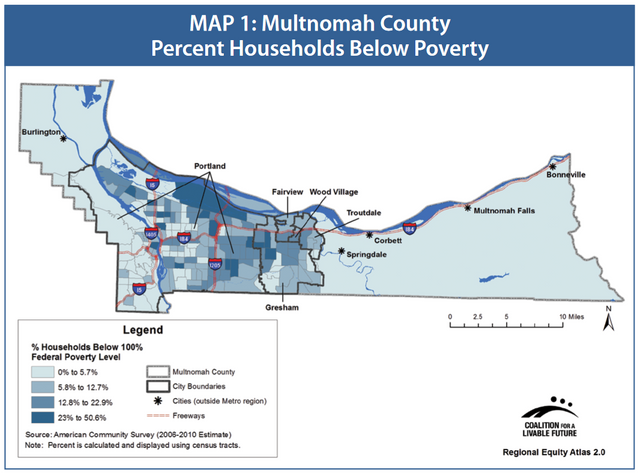
Man you wrote a doozie today. The points made here need to be brought to light more, to get people with the ability to act, and really address poverty on a community level. After all, it is at the community level where we can accomplish the most positive change as individuals. Fantastic article bro, very comprehensive and properly sourced.
Absolutely, we need to unite as communities and fix our cultural standards. From there, we can begin focusing on the structural issues, but we cannot do that until we have come together and strengthened the foundation up which we can build. Corporations have way more power than we can ever affect as individuals, but as a community we may have a bit more effect.
Amen brother. If each individual starts changing their world, then together, through our small everyday individual efforts, we can change the whole world. One piece at a time.
Perhaps, if the Rockefeller institute hadn't funded public schools to make a nation of "workers, not thinkers"(-John D. Rockefeller) we would have a higher IQ population and thus more wealth created, spread amongst the demographics. Unfortunately, they did, and then socially and economically engineered our nation so the "worker" couldn't find jobs having had all manufacturing jobs and the like exported over seas by same same ilk. And now there are tent cities all over the nation. There have been for years, and these are the first sign and domino of economic "recession". Like I said, this was years ago. And now the dominos are starting to fall. From retail now to resaraunt and food industry sales. Watch the dominos fall, watch the tent cities pile up. This is only the beginning. Thank the elite banking class, when it's all said and done. And Woodrow Wilson, of course. They'll be expecting it. And who wouldn't with such perfectly inbread genes of their eugenics class.
Our entire public education system directly reflects that of the Prussian empire, which historically was shown to develop an entire nation of citizens with a low level of understanding, all with the same information, a removal of focus on the Arts in order to generate a more logic based nation, all of which was used in order to easily manipulate and control the entire populace. However, I think they fucked up when they gave us the internet. Education is now available to any who wish to put forth the effort. We are currently in WWIII - World war on information. I think there is hope, though I agree that things are going to get worse before they get better.
I will upvote and resteem your last blog post to my 35,000+ followers if you upvote and reply to my last blog post.
👍 a-0-0
Beep! Beep! This humvee will be patrolling by and assisting new veterans, retirees, and military members here on Steem. @shadow3scalpel will help by upvoting posts from a list of members maintained by @chairborne and responding to any questions replied to this comment.